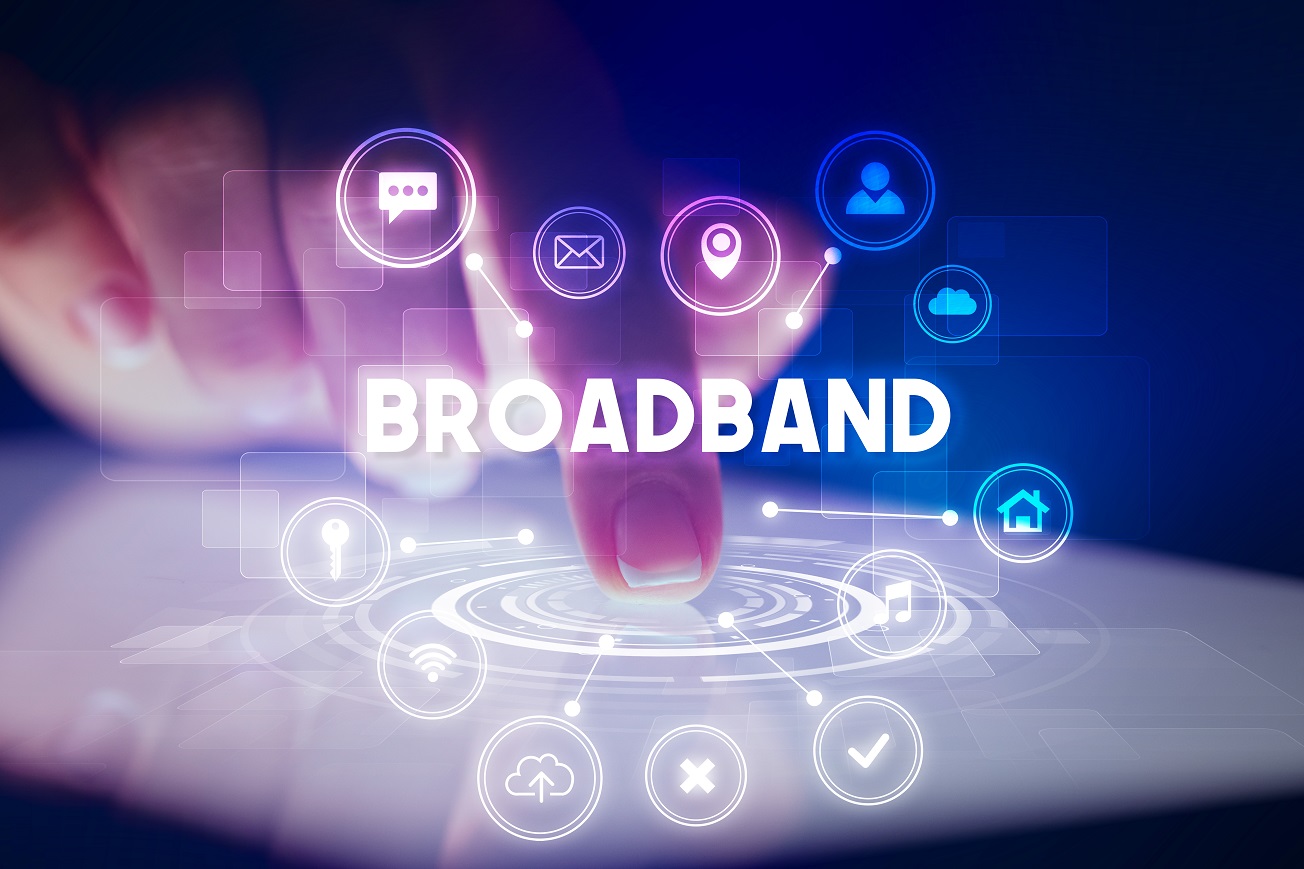For some of us, the past can seem like another world – and in terms of the internet, these days of yore are shores best left behind. Pages which took an age to load, fragile net connections and recalcitrant modems; it was far from the relatively seamless experience we take for granted today.
In fact, the past barely seems like the same planet as some of the latest developments in internet delivery. But how does broadband actually work and why are we moving away from ADSL broadband and toward fibre optic?
Dial me up
Back in the old days, the best you could hope for would be a dial-up connection using your phone line. Bad luck if someone was already making a call; the system was only capable of doing one or the other.
This system simply wouldn’t provide a usable service today. With the proliferation of wireless laptops, tablets and smartphones in many households and businesses, flexible working practices becoming more and more common, and more people running small businesses from their homes, having a fast, reliable internet connection is increasingly important.
Wires and fibres
Thankfully there are better options for most of us. Up until now, the two main options for home broadband are ADSL and cable, or optical fibre.
ADSL (or asymmetric digital subscriber line) is effectively broadband delivered down a phone line. Where it differs from a dial-up connection is that it uses a different frequency from your voice calls – this means you can make voice calls while using the internet and performance is faster than the old system. In a physical sense, ADSL uses copper wire fed into your home, where a socket on the wall gives a phone and internet connection, using a microfilter to separate your phone line from your broadband.
However, as of June 2024, almost all internet providers will be ceasing to offer ADSL broadband, meaning fibre broadband will be the only option on the market and anyone still using ADSL will need to make the switch.
Broadband delivered by cable is a totally different proposition. Rather than using copper cables to bring the data into your living room, cable broadband is delivered down an optical fibre cable. This has several advantages: speeds are faster, as the composition of the wires means that the signal degrades less – and the single cable can handle landline phone and TV signal as well, meaning everything can be delivered down one pipe.
So what is wireless?
Regardless of how your broadband is delivered to your front door, you need to get it through to your laptop and other devices. This is done by feeding the internet signal through a router – which converts it into a radio signal, which can then be picked up by your WiFi-enabled devices.
WiFi enables devices to connect to the internet and communicate wirelessly using radio waves. It operates within specific frequency bands and allows for high-speed data transfer without the need for physical cables, facilitating a far more convenient and flexible network access.
The move to fibre optic
The truth is that unless you’re a particularly low-tech household – who rarely like to get online – then a standard ADSL connection broadband is no longer enough in 2024. And, while ADSL connection were suitable for basic web surfing or emailing: the way modern-day families use the internet is simply not compatible.
Nowadays, so many people regularly work from home and rely on their internet connection to get things done – especially if for downloading and uploading large files – making cable broadband the only solution. Cable broadband is particularly important if you are in a household with several internet users who are using the internet to do different things – for example, streaming HD TV, or making video calls. And let’s be honest, most of us are.
Modern fibre broadband can also be helpful if you live a long way from the telephone exchange, as cable is less affected by distance.
Ultimately, moving to modern fibre broadband over ADSL is crucial due to the increasing demand for high-speed internet driven by streaming, remote work, online gaming, and smart home devices. Fibre offers faster speeds, improved reliability, and better handling of concurrent connections, enhancing modern digital lifestyles.
Read more
What are the benefits of business broadband? – Business broadband offers a host of advantages over standard domestic connections, here’s why you should be considering an upgrade.
How should I select my business broadband provider? – It’s important to do your research and ask important questions before you select a broadband provider. But what are the must-have things you should take into consideration?




